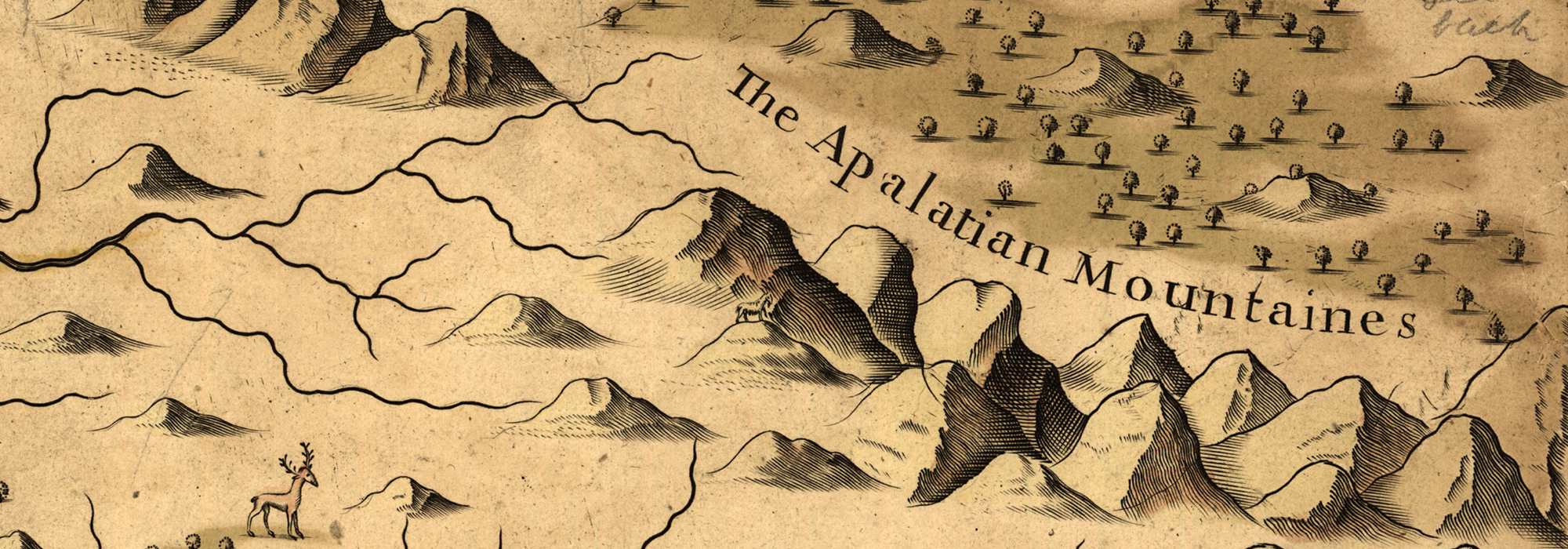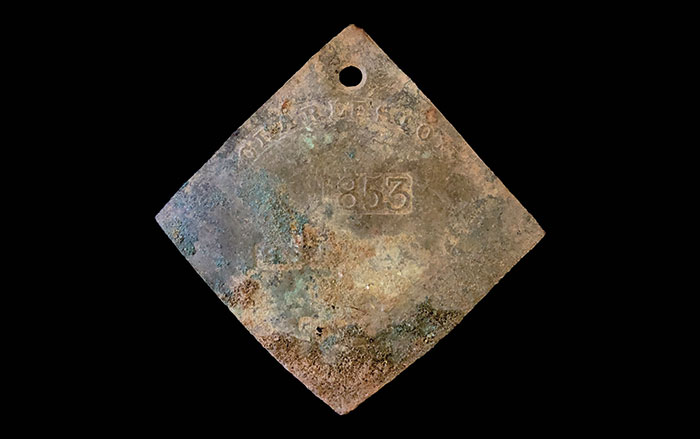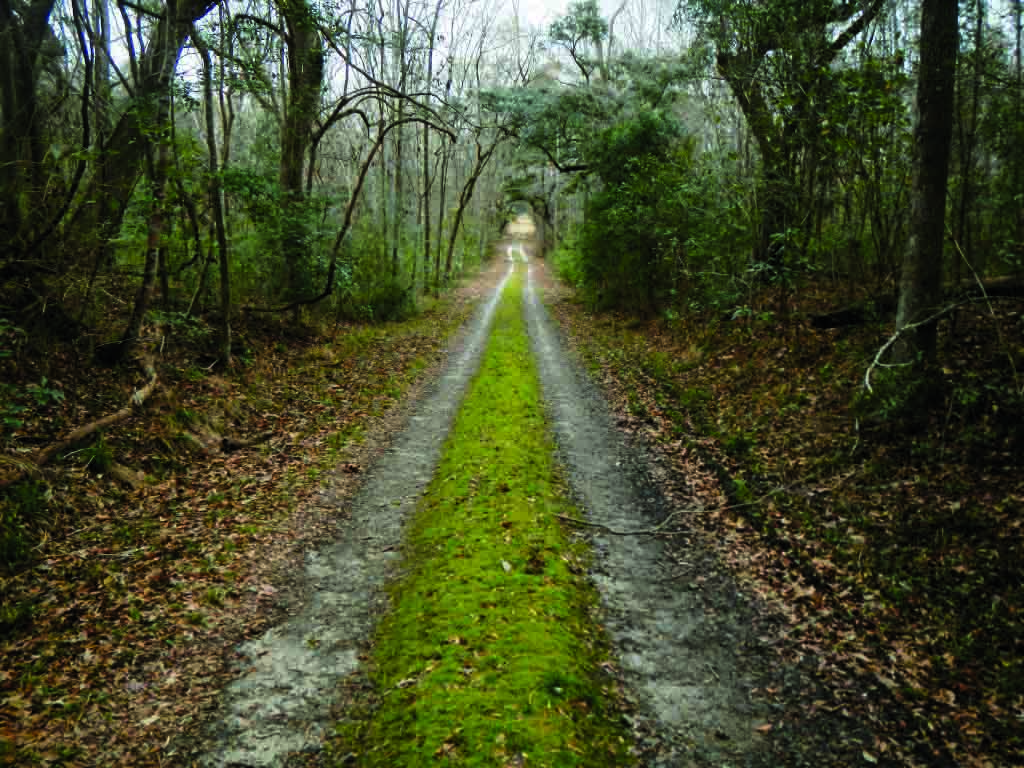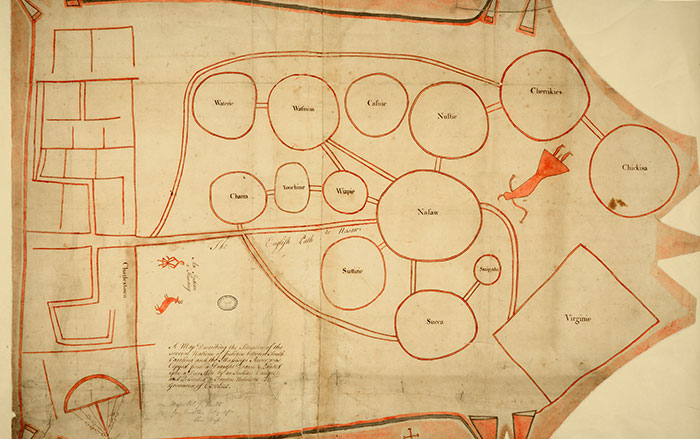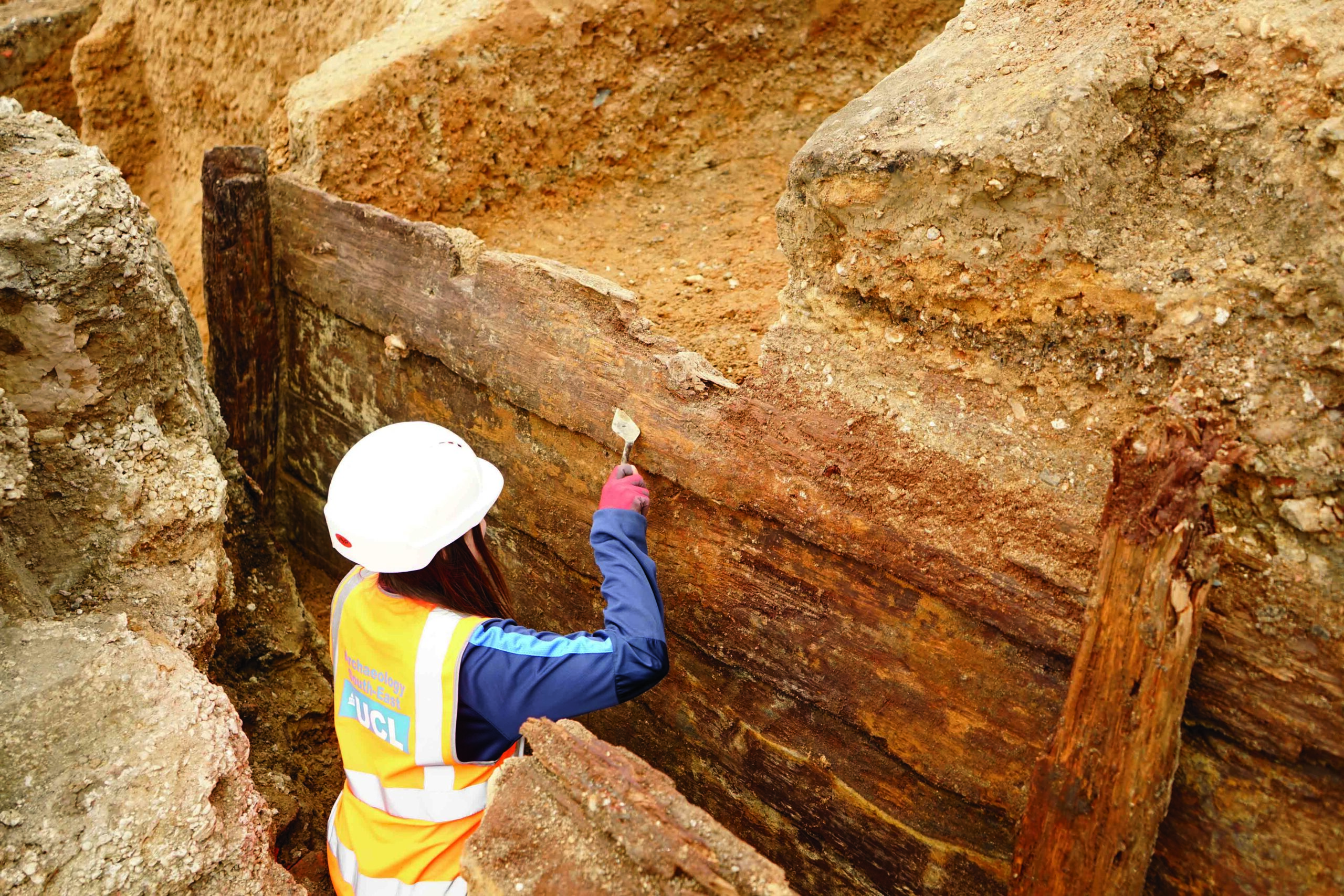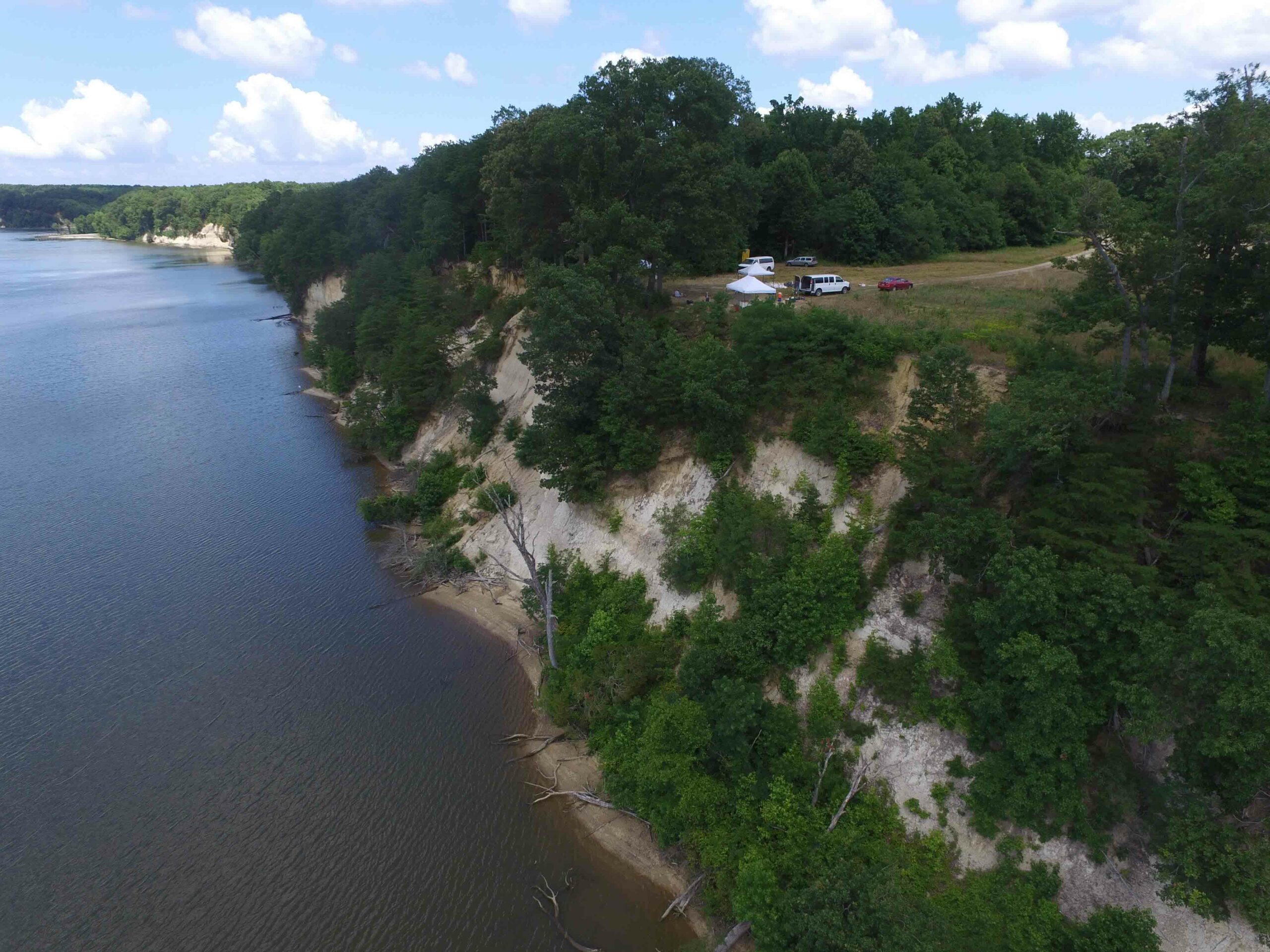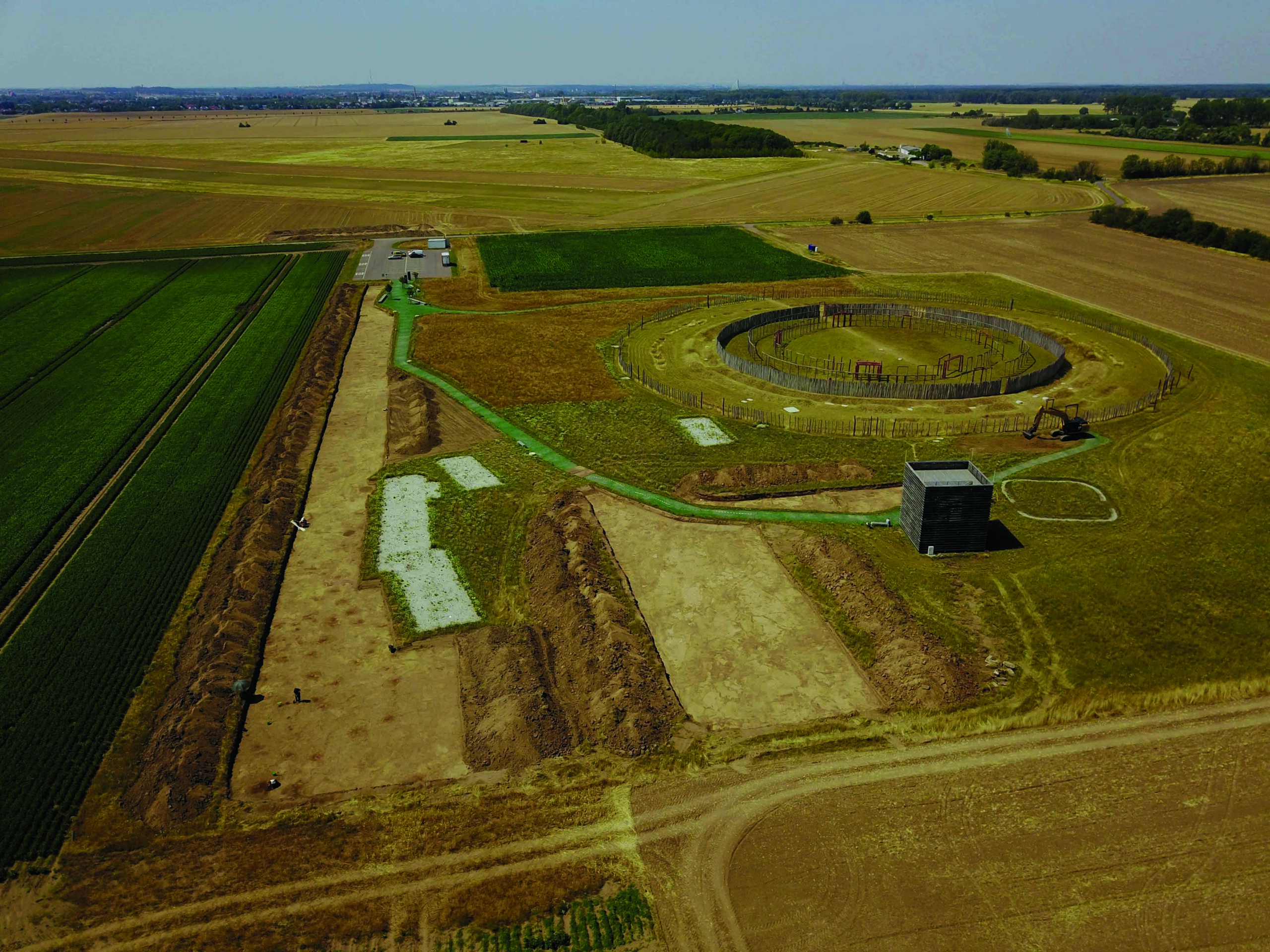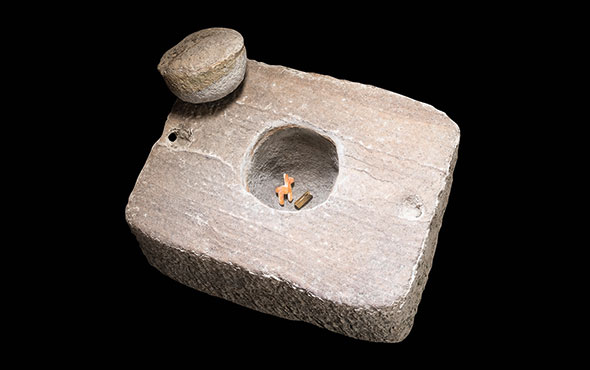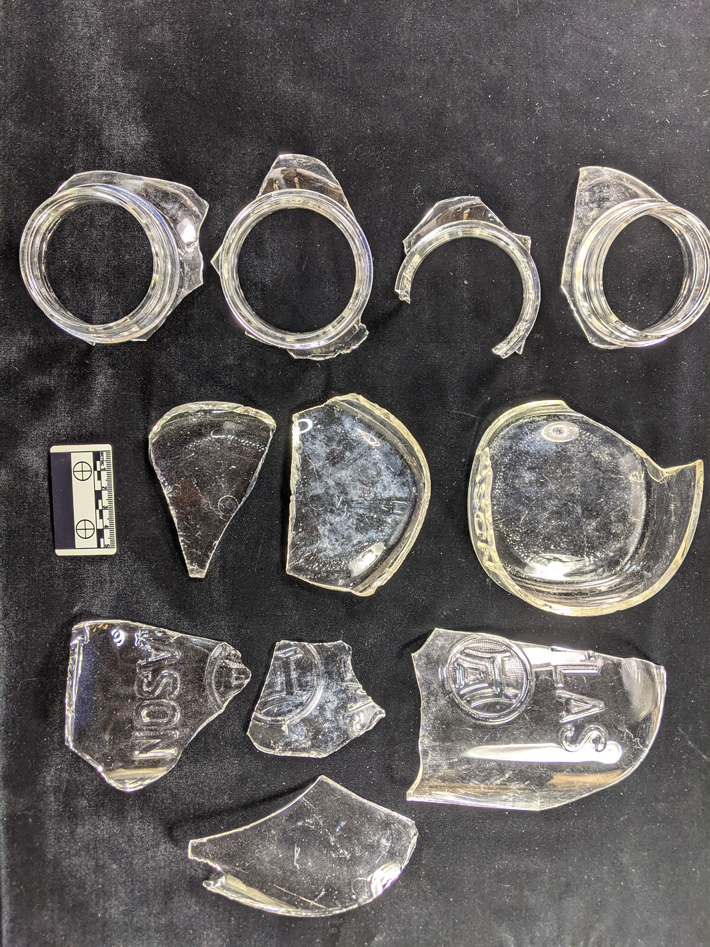
CHARLESTON, SOUTH CAROLINA—According to a report in The Post and Courier, a team led by archaeologist Katherine Parker of the University of Tennessee has found evidence of Prohibition-era moonshining in South Carolina’s Francis Marion National Forest. Even though the activity occurred within the last 100 years, few records of illegal activity would have been kept, Parker said. Five still sites had already been identified in the forest, and Parker and her team members identified seven more. One of the well-known still sites belonged to the Villeponteaux family, who is thought to have produced liquor for distribution by gangster Al Capone. The researchers uncovered cinderblocks dating to the 1920s, a metal barrel, a green garden hose, and bits of metal trash at the site. The presence of sheet metal and charcoal could reflect the heating of mash in a still container, explained volunteer team member Jacob Broome. Parker thinks the site was probably used by other moonshiners after the Villeponteaux family. “We’re hopeful that if this is possibly like a camp area where people who are running that still would be hanging out while it works, then maybe we might find some more personal items like buttons or comb pieces and things like that,” Parker said. For more on finding archaeological evidence of moonshining, go to "Alcohol Through the Ages: The Moonshine Era."


